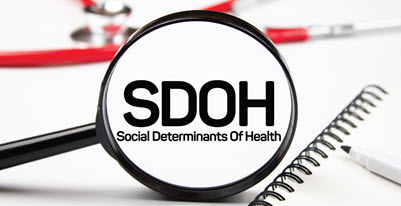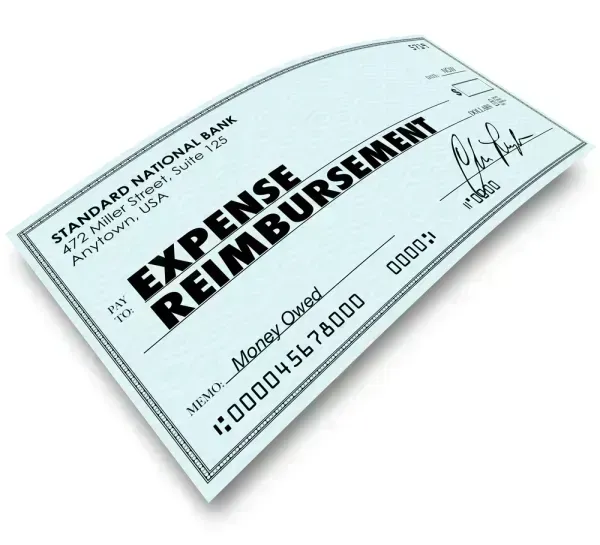Take a Peek at ICD-10 2024’s Newest Z Codes
Plus: catch this updated verbiage in the section on SDoH. As a pediatric coder, you understand the impact Z codes have on patient care and health outcomes, justifying medical necessity, and helping identify regional health trends. So, you’ll be interested to know that ICD-10 Chapter 21: Factors influencing Health Status and Contact with Health Services (Z00-Z99) is expanding again in 2024. Starting Oct. 1, 2023, expect to see 501 new codes go into effect. Among those are a handful of Z-codes (including several social determinants of health (SDoH) codes) that you’ll want in your coding arsenal. If you’d like to know what to expect, this one’s for you. See Additions to Caregiver Noncompliance Codes In October 2022, ICD-10 added six Z91.A- codes to address caregiver noncompliance, and October 2023 will see an even more granular code selection. This update affects Z91.A4 (Caregiver’s other noncompliance with patient’s medication regimen), Z91.A5 (Caregiver’s noncompliance with patient’s renal dialysis), and Z91.A9 (Caregiver’s noncompliance with patient’s other medical treatment and regimen). These codes will soon be the parent codes to the following: The more specific medical records can be with these types of codes, which often reflect SDoH, the better healthcare providers can identify potential barriers to effective treatment. These codes also help to document situations that can protect providers legally. For example, if a patient’s condition worsens due to noncompliance, having these codes documented can show that the provider did their due diligence. Prepare to Code For More Problems Related To Upbringing You’ll soon have more ways to report child-guardian relationships that may be impacting the child’s health thanks to the following new codes: Reporting problems related to the dynamics of child-guardian relationships offers valuable context to a variety of mental and physical health issues that may be present or arise in the future. The addition of codes such as these can help guide the development of a personalized care plan. Coding alert: Notice that Z62.83-, while new, is a parent code and therefore not billable. Also take note that “in addition to expanding the number of codes in Z62.8- family, ICD-10 is adding a ‘Code also’ instruction applicable to all the codes under Z62.8-,” observes Kent Moore, Senior Manager for Payment Strategies at the American Academy of Family Physicians. The instruction advises to code also, if applicable: Note: Along similar lines of child welfare, ICD-10 also added Z02.84 (Encounter for child welfare exam). Notice New SDoH Guideline Wording ICD-10 is also adding information to their SDoH guideline again, this time with two significant paragraphs, which you’ll find at the top of Section 1.C.21.c.17. Starting in October, the section will start off with a more detailed explanation of what SDoH means and instruction to assign any and all SDoH that the provider documents. Several helpful examples are included, including the following: “For example, a patient who lives alone may suffer an acute injury temporarily impacting their ability to perform routine activities of daily living. When documented as such, this would support assignment of code Z60.2, problems related to living alone. However, merely living alone, without documentation of a risk or unmet need for assistance at home, would not support assignment of code Z60.2.” Documentation note: The new guidelines go on to stress the importance of clinical documentation, either by a clinician or as reported by the patient or the patient’s guardian and then signed off by the clinician. “Coders need to be aware of documentation in the record in an effort to capture and report these social determinants of health. Codes need supporting documentation that indicate a risk or concern by the practitioner,” emphasizes Chelsea Kemp, RHIT, CCS, COC, CDEO, CPMA, CRC, CCC, CEDC, CGIC, AAPC Approved Instructor, outpatient coding educator/auditor for Yale New Haven Health, New Haven, Connecticut.





